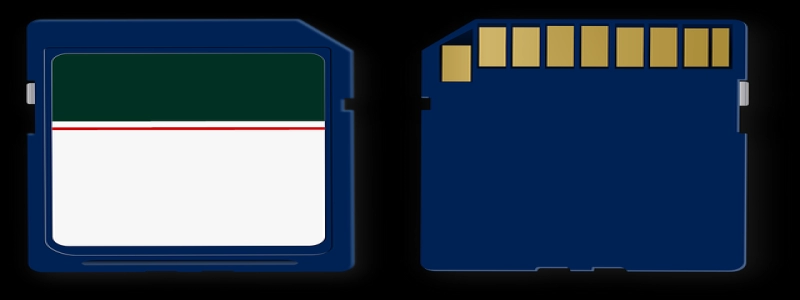Ethernet Distance Limitation for Cat6
Introduction
Ethernet is a popular technology used for local area networks (LANs) to connect devices and transfer data. It provides a reliable and efficient means of communication within a network. However, it is important to understand that Ethernet has certain distance limitations, particularly when using Cat6 cables. In this article, we will explore the distance limitations of Ethernet over Cat6 and discuss the factors that may affect its performance.
Overview of Cat6 cables
Cat6 cables are twisted pair cables that are widely used for Ethernet connections. They are designed to support higher bandwidths and offer improved performance compared to previous versions such as Cat5e. Cat6 cables are capable of transmitting data at speeds of up to 10 gigabits per second (10 Gbps) over relatively short distances.
Distance limitations of Ethernet with Cat6 cables
While Cat6 cables offer better performance than their predecessors, they still have distance limitations. The maximum distance that Ethernet can reliably transmit data over Cat6 cables is 55 meters (180 feet). This limitation is due to the attenuation and crosstalk that occur over longer cable lengths. Beyond this distance, the quality of the signal degrades, leading to a decrease in network performance.
Factors affecting Ethernet performance over Cat6
Several factors can affect Ethernet performance over Cat6 cables, including:
1. Cable quality: The quality of the Cat6 cable itself can impact the maximum distance it can reliably transmit data. Low-quality cables may not meet the required specifications and lead to shorter distance limitations.
2. Installation: Proper installation techniques, including minimizing bends, avoiding sharp turns, and maintaining cable separation, can help preserve the performance of Cat6 cables.
3. Interference: Environmental factors like electromagnetic interference (EMI) and radio frequency interference (RFI) can disrupt the Ethernet signal and reduce the maximum distance of reliable transmission.
4. Connectors and terminations: Poorly terminated connectors or incompatible terminations can introduce signal loss and degrade Ethernet performance.
Solutions to overcome limitations
If you require Ethernet connectivity over longer distances, there are several solutions you can consider:
1. Ethernet extenders: These devices can extend the distance that Ethernet signals can travel by converting them to another medium, such as fiber optic cables. Ethernet extenders can be used to bridge the gap between two Cat6 cables.
2. Ethernet switches: By incorporating Ethernet switches into your network setup, you can overcome the distance limitations of Cat6 cables. Switches regenerate and amplify the Ethernet signal, allowing for longer cable runs.
3. Fiber optic cables: Fiber optic cables have much higher data transmission capabilities and fewer distance limitations compared to copper-based cables like Cat6. They can be used as an alternative to extend the reach of Ethernet connections.
Conclusion
While Cat6 cables offer improved performance over previous generations, they still have distance limitations. Understanding these limitations and taking appropriate measures, such as using Ethernet extenders, switches, or fiber optic cables, can help overcome these limitations and extend the reach of Ethernet connections.








